When most people think of pyramids, their minds jump straight to Egypt—to Giza, to Khufu’s great limestone monument. The sun strikes its flanks like a spotlight, and from the desert floor it rises, a frozen wave of stone, defying time itself.
But Egypt is only one chapter in a much older, wider story.
Pyramids are not unique to the Nile Valley, or even to Africa. They appear on nearly every continent, built by civilizations separated by oceans, languages, and millennia. Some were raised for kings or gods. Others honored the dead. But many seem to point to something else—purposes we’re still uncovering.
These structures weren’t placed at random. You’ll find them near fertile floodplains, forested valleys, or places where the ground itself hums with hidden forces. Many sit atop fault lines, mineral boundaries, or those curious zones geophysicists call conductivity discontinuities—where the Earth’s crust shifts, and energy stirs. It’s as if the builders had maps of forces we’ve only just begun to measure—and they weren’t guessing.
Walk among them, and you’ll see the pattern. Many pyramids align not only with magnetic north, but with true north. Their orientation looks functional, not just symbolic. Some rise at the crossing of acclaimed ley lines, subterranean water flows or at points dowsers call energy vortexes—spots where Earth’s natural fields converge and pulse upward or downward.
Are these patterns a coincidence?
It becomes harder to believe that the more you look.
The Giza Pyramids - Slope Angle ≈ 51°50'40
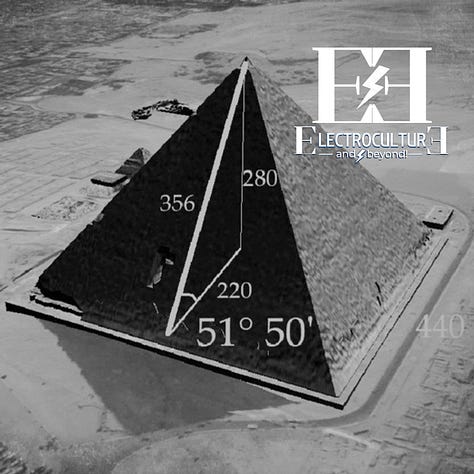
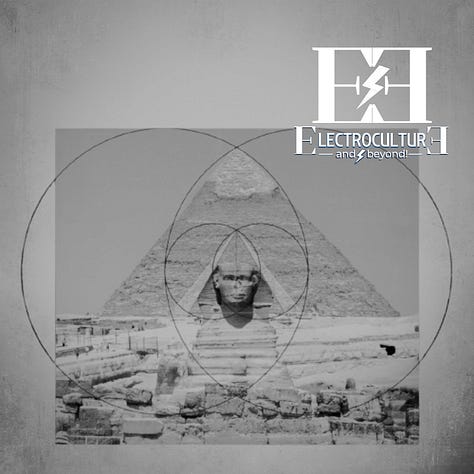
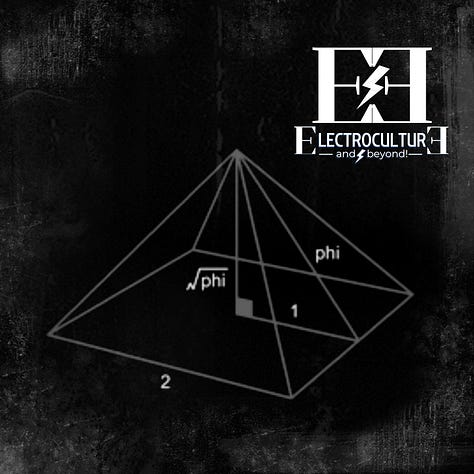
If you compare the height to half the length of its base, you get a ratio of about 280 to 220 royal cubits. That simplifies to 1.2727—a number that closely matches the square root of the golden ratio (√φ ≈ 1.272).
280/220 = 1.2727
—
The Nubian Pyramids – Slope Angle ≈ 72°
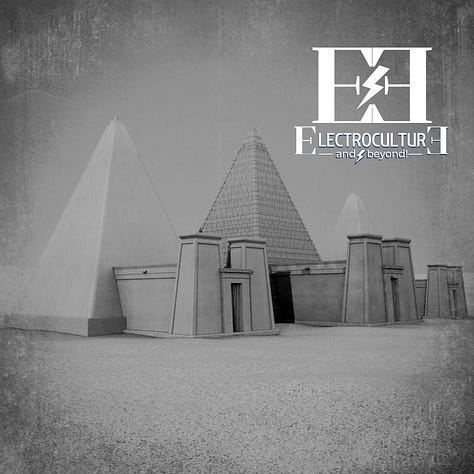
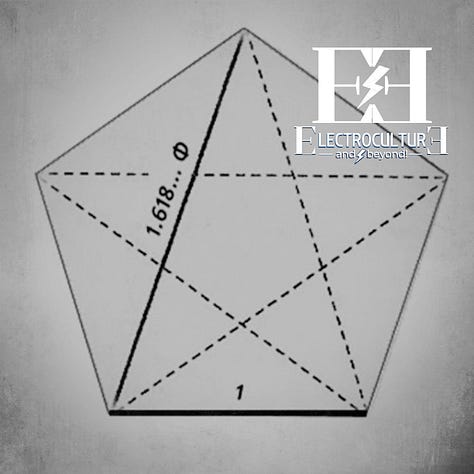

If you compare the height to half the length of the base in these pyramids, you find a ratio that reflects the geometry of the pentagram—a symbol where each line segment relates to the others through the golden ratio (φ ≈ 1.618). The 72° slope directly connects to this geometry, since dividing a circle into five equal parts (as in a pentagram) gives angles of 72°.
In this way, the Nubian pyramids express sacred proportion not through √φ like Giza, but through φ itself and the cosmic harmony of the number 5.
We must begin with the Great Pyramid of Giza—the most famous pyramid of them all. What makes this ancient structure so remarkable isn’t just its size or age, but its proportions. If you take the pyramid’s height and compare it to half the length of its base, you find a relationship that comes surprisingly close to what we call the golden ratio, or φ (pronounced “phi”). This is a special number, found in nature’s designs—from the spiral of a seashell to the pattern of sunflower seeds and even the shapes of galaxies. In the Great Pyramid, this relationship creates a slope angle of about 51°50'40", a number that connects this monument to the geometry of life itself.
But further south, in Sudan, the story shifts.
Over two hundred Nubian pyramids rise with far steeper faces, often near 72 degrees—a number no less sacred. The 72-degree slope echoes the geometry of the pentagram, another expression of the golden mean, and the division of the circle into five, a symbol of cosmic balance and life’s generative forces. The builders of Nubia weren’t mimicking Egypt; they were drawing from their own deep well of sacred geometry, aligning stone and slope with energetic forces and celestial harmonies of their own design.
Further west, in Nigeria, the ancient Nsude pyramids—circular earthen stacks built in tiers—speak of geometric intention and energetic purpose long before colonial eyes reinterpreted their meaning.
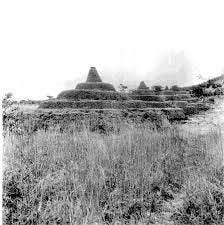
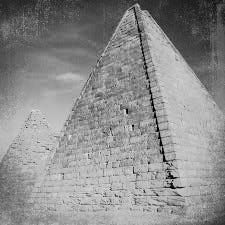


See the full chapter including schematics for building your own pyramid and how to use it for various applications both safely and effectively.
(Yes, this is safe and effective!) 🤭
You will also get all the links not included in the show notes for doing your own research.
Want in? Become a Foundation Series Insider to Access:
✅The full archive of episodes
✅Weekly ad-free listening
✅Long-form story extensions and visual companion guides
✅Applied insights for gardens, farms, and energetic design
✅A private RSS feed for easy listening anywhere
Also make sure you listened to the first episode on Pyramids & Electroculture…
Keep reading with a 7-day free trial
Subscribe to Electroculture & Beyond to keep reading this post and get 7 days of free access to the full post archives.




